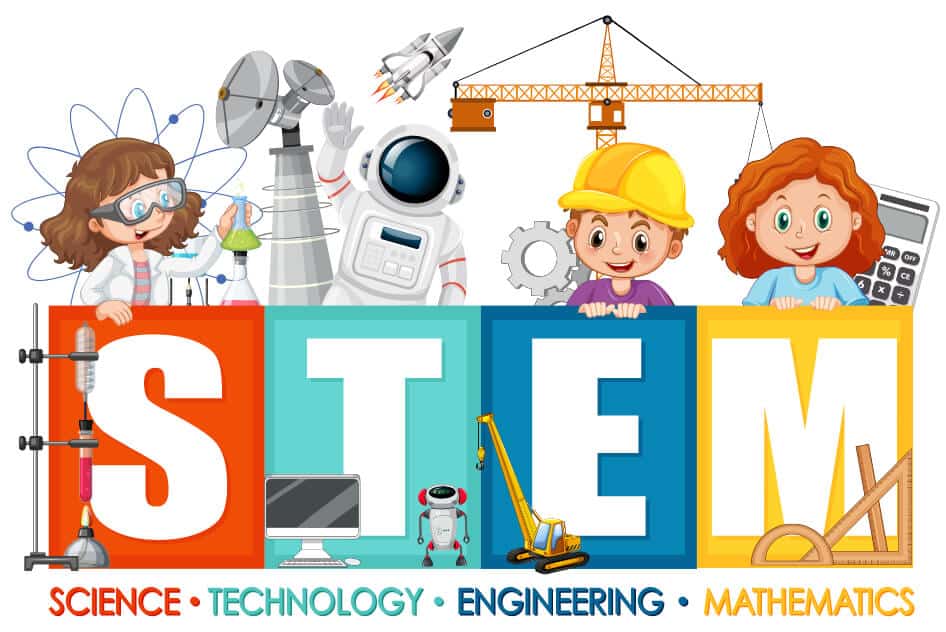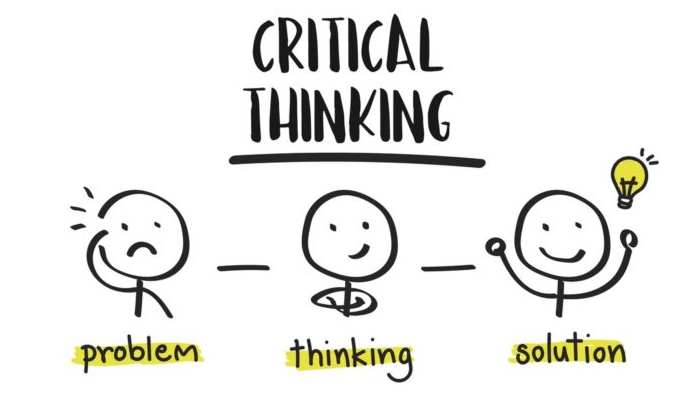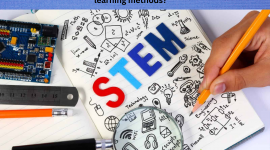STEM education has become increasingly popular in recent years, and is currently sweeping the nation’s schools. Leaving technology behind, this science-technology-engineering-mathematics acronym is here to stay, and its influence is not only seen but on the rise in each of our lives. STEM education provides students with the resources and skills to be prepared for today’s modern work world, which needs highly educated individuals with relevant technical skills.
Students gain important skills

As per research conducted by the Best Boarding Schools in Dehradun, STEM education is a hot topic in education, with many states and districts increasing their focus on STEM. The movement has been driven by a widespread belief that students need to be prepared for the future, and STEM education is seen as a way to do that.
STEM stands for science, technology, engineering, and math — disciplines that are all essential to success in the modern world. But what exactly does STEM education look like? And why should students participate? Here’s some information about the benefits of STEM education for students.
Students Gain Important Skills
One of the most obvious benefits of STEM education is that it helps students develop important skills. These include critical thinking skills, problem-solving skills, collaboration skills, communication skills, and much more. In addition to preparing them for college and careers, these are valuable skills for any student, regardless of their future career path or interests.
STEM Education Helps Students Develop Their Interests
Another benefit of STEM education is that it helps students develop their interests in science or technology fields. Students who participate in these programs often find that they enjoy these subjects more than they did before they started studying them in school or at home on their own time. This can help them decide on future careers or academic paths if they aren’t sure what they want.
Students will be prepared for their careers

STEM education can help students find jobs in the future. Many companies are looking for employees who are trained in the science and technology fields. If you want to pursue a career in one of these fields, then you should consider taking STEM classes.
STEM education teaches students how to think logically and systematically so they can solve problems in the workplace or at home. They also learn how to work with others and communicate effectively with people from different backgrounds or cultures. By learning these skills early on, students can have better chances of getting into college or finding good jobs when they graduate high school or college.
Students use technology in creative ways

STEM (Science, Technology, Engineering, and Mathematics) education is an emerging field of study. STEM learning is the process through which students acquire knowledge and skills in science, technology, engineering, and mathematics (STEM). It is important to note that the term “STEM” does not stand for just one academic discipline but rather a combination of four distinct disciplines.
STEM education provides students with opportunities to apply their learning in real-world settings. As a result, students are able to develop valuable critical thinking and problem-solving skills. STEM education also helps students develop an understanding of how science works in the real world.
In addition to these benefits, STEM education can also help students develop a strong work ethic and provide them with the motivation they need to succeed in school.
Students learn critical thinking

Students who take STEM courses are exposed to new concepts and ideas that challenge them to think in new ways. This makes them better at solving problems and coming up with solutions that may not have previously been considered.
STEM education teaches students to use logic and reasoning skills to solve problems. This critical thinking can be applied outside of the classroom as well, making it easier for students to navigate their way through life after graduation.
STEM programs teach problem-solving skills in a hands-on way through experiments, simulations, and hands-on projects. These programs allow children to apply their knowledge in real-life situations, which helps them develop confidence in their abilities as well as learn how to apply what they’ve learned in future situations.
The study of STEM subjects also encourages students to think creatively and out of the box by looking at things from different perspectives than what they’re used to seeing or hearing about on a regular basis.
Students learn to work together and share ideas
The U.S. Department of Education defines STEM (science, Technology, Engineering, and Math) education as “learning experiences that are explicit about the connection between mathematics and other disciplines like science, engineering, and technology.”
STEM education has been proven to have many benefits for students, including:
Students learn to work together and share ideas. A large part of STEM education involves learning how to collaborate with others in order to solve problems and create solutions. Through this process, students learn valuable communication skills that will help them throughout their lives – in the workplace, at home, and in other areas of their personal lives as well.
Students gain an appreciation for math and science. Students who learn math through STEM education are more likely to enjoy it and use it throughout their lives because they understand how it works and how math plays an important role in our world.
STEM education encourages critical thinking skills. Students who participate in STEM-related activities often find themselves having to think critically about what is going on around them – whether it be a new project or learning something new about a topic they haven’t studied before.
Students are better problem solvers
Students who study STEM are better problem solvers and have the ability to innovate. The skills they learn in the classroom help them think critically and creatively and apply what they learn in real-life situations.
Students also develop better communication skills when studying STEM subjects. They learn how to express their ideas clearly in writing and verbally, as well as how to listen carefully to others’ opinions. This is especially important when it comes time for them to enter the workforce, where they will need these skills at every stage of their careers.
STEM education teaches students how to make connections between seemingly unrelated topics and concepts, which is an important skill that employers look for when hiring new employees.
Students are more likely to have high self-esteem
STEM education is the fastest-growing segment of education today. The demand for STEM-trained workers is expected to rise by 12% over the next decade, according to the U.S. Bureau of Labor Statistics, and STEM jobs pay higher salaries than non-STEM jobs.
STEM Education Benefits Students
Students who participate in a STEM program are more likely to have high self-esteem and be more engaged in school than those who don’t participate. They also have a greater chance of pursuing a college degree after high school and earning higher wages than those who don’t receive STEM training.
Takeaway:
We are living in exciting times. We have at our fingertips an unprecedented wealth of knowledge and information, and a platform upon which to advance it further. But the future doesn’t just rest on what we know or can accomplish with the tools we have or are inventing. In many ways, we’re going to need a new breed of thinkers, one that is well-versed in the sciences and capable of applying those skills in their endeavors.
This is where today’s youth comes in, for they will be tomorrow’s innovators. And STEM education will be key to preparing them for their potential roles.
For any queries related to parenting, schooling, or any student-related tips, click here to check out our latest blogs.







